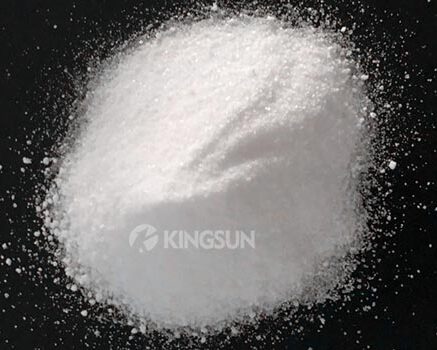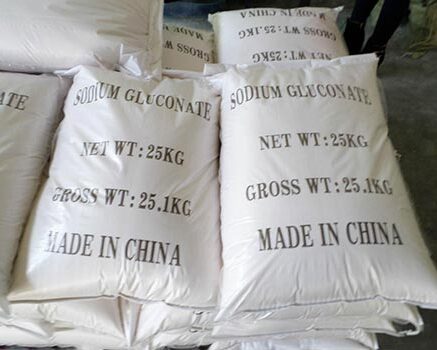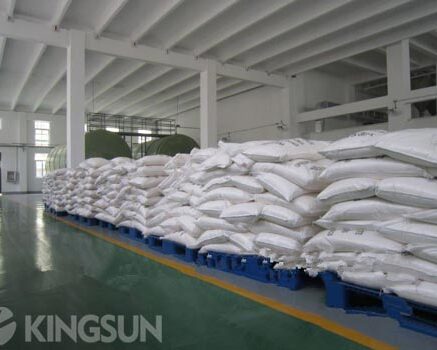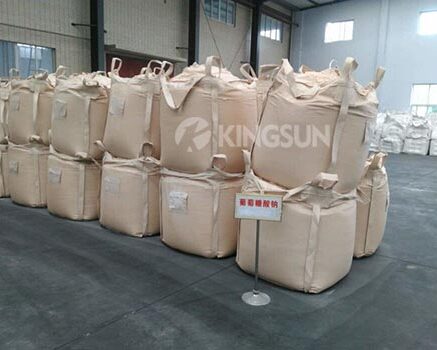Concrete retarder, also called set retarder, is a chemical admixture added during the concrete mixing process. It can delay the initial setting and final setting time of concrete without affecting the later strength of concrete. The Set retarder The retarder can be used alone or in combination with other water reducing admixtures, and has a certain water reducing effect.
The concrete retarder additive is mainly to inhibit the hydration reaction of cement, so that freshly mixed cement concrete maintains plasticity for a long time, so as to successfully complete various cement concrete construction processes such as pumping, pouring, vibrating and veneer, and improve construction efficiency. From the perspective of ensuring construction quality, the main function of concrete retarder is to prolong the initial setting time of freshly mixed cement concrete in hot weather and prevent excessive slump loss. The use of concrete set retarder for freshly mixed cement concrete is one of the most important construction methods and technical measures to ensure its vibrating compactness in hot weather.
Kingsun Sodium Gluconate As Concrete Retarder Admixture
Concrete retarder chemical is commonly used in prestressed concrete, dam concrete, slipform concrete and fluidized concrete. It is also suitable for high slump concrete due to its excellent slump retention. And Kingsun sodium gluconate is one of the most commonly used concrete retarding admixtures.
- Sodium Gluconate Retarder
- Features of Set Retarder
Kingsun sodium gluconate retarder can significantly delay the onset time and end time of solidification of concrete. Adding sodium gluconate to cement can extend the working time of concrete extends from a few hours to a few days without compromising the strength of concrete. This is an important advantage especially on hot days and when it needs to be placed for a long time. Here are some advantages of sodium gluconate as a concrete retarder admixture.
- Adding sodium gluconate in concrete can reduce the water-cement ratio, thereby increasing the strength of concrete and forming high-quality concrete.
- If large or heavyweight perfusion projects are difficult to construct, we need to use the sodium gluconate retarder. On one hand, it can improve the workability of concrete and delay the setting time. On the other hand, the formation of seams on the structure can be avoided, increasing the strength of the structure.
- Using sodium gluconate allows concrete to maintain water-cement ratio and improve concrete performance in hot areas. For example, large amounts of sodium gluconate are used in bridge construction in the Middle East.
- In the modern concrete industry, ready-mixed concrete is formulated in a central location and then transported by mixer trucks. In this case, the use of concrete retarder admixture can improve the workability of the concrete and delay the initial setting time.
- The concrete retarder additive can delay the setting time of cement slurry on a commercial concrete surface for more than 12-24 hours.
- Using concrete retarding admixture does not reduce the strength of commercial concrete and the strength of steel reinforcement.
- Commercial concrete treated with concrete retarder admixture can obtain a 3~5mm uniform aggregate exposed surface after molded.
- It is no corrosive effect on steel formwork and steel bars using retarder for concrete.
- Set retarding admixture can increase the decorative effect, reduce labor intensity and save construction costs.
- Construction in high temperature seasons. In high temperature seasons, the water in concrete evaporates quickly, which can easily cause the concrete to solidify too quickly, thus affecting its working performance and strength development. At this time, adding an appropriate amount of retarder can effectively delay the setting time of concrete, maintain its good fluidity, and keep the concrete in a plastic state for a long time, which is convenient for construction operation and vibration compaction.
- Large volume concrete. Due to the violent hydration reaction and high internal temperature rise of large volume concrete, temperature cracks may occur. The use of concrete retarder can slow down the hydration reaction rate, reduce the internal temperature rise of concrete, reduce temperature stress, and thus reduce the probability of temperature cracks. At the same time, the extended setting time also provides more time for the internal heat to dissipate, further reducing the risk of cracking.
- Long-term transportation. In the case where concrete needs to be transported over long distances, the concrete may solidify prematurely during transportation, resulting in the inability to construct or the decline of construction quality. The addition of concrete setting retarder can ensure that the concrete maintains sufficient fluidity during transportation, prevents premature solidification, and ensures that the concrete still has good working performance when it arrives at the construction site.
- Slipform and pumping construction. In slipform construction and pumping construction, there are high requirements for the fluidity and pumpability of concrete. Retarder can improve the workability of concrete, improve its fluidity and pumpability, enable concrete to pass smoothly through the pipeline and slipform system, and ensure the smooth progress of construction.
- Layered pouring. In a layered concrete structure, the construction interval between the upper and lower layers may be long. If the lower layer of concrete solidifies too quickly, the adhesion between it and the upper layer of concrete will be reduced, affecting the overall performance of the structure. The use of retarder can extend the setting time of the lower layer of concrete, provide sufficient preparation time for the pouring of the upper layer of concrete, ensure the close bonding between the layers, and improve the overall quality of the structure.
- Special needs. In addition to the above common uses, concrete retarder admixture can also be applied according to the special needs of specific projects. For example, in the production of some special components that need to remain in a plastic state for a long time, the use of setting retarder can ensure that the concrete maintains good working performance for a long time; in projects that need to delay the demolding time, retarders can also play an important role.
- In short, concrete retarder has broad application prospects and important roles in concrete engineering. The rational use of retarders can effectively improve the construction performance and engineering quality of concrete and meet the needs under various complex construction conditions.
The main mechanism of action of sodium gluconate retarder is to hinder the coagulation of calcium ions in concrete by complexing with them, thereby slowing down the gel formation rate of concrete. Specifically, the carboxyl group (-COOH) in sodium gluconate forms a stable complex with calcium ions, which reduces the ionic activity of calcium ions and the cross-linking effect of calcium ions on proteins and collagen fibers, thereby preventing the formation of gel.
This is because it can prolong the setting time of concrete, maintain the plasticity of fresh concrete for a long time, and improve the construction efficiency. Especially in summer concrete construction and mass concrete construction, adding retarder to concrete can slow down the release of cement hydration heat and reduce high temperature cracks caused by hydration heat. Therefore, concrete setting retarder is an indispensable additive in the construction process of continuous casting, pumping, and mass concrete construction.
- When replacing cement or adding new cement, the compatibility test of concrete retarder additive and cement should be carried out.
- For the requirements of retarder chemical, the concrete should be tested in advance to check the setting time.
- Mixing the concrete setting retarder and cement properly according to the test mix ratio. Especially when pouring concrete, strictly follow the construction specifications.
- When concrete retarder admixtures are mixed with other concrete admixtures, their compatibility should be tested first.
- In the winter construction period, in order to improve the early strength of concrete, the amount of cement in the concrete should be adjusted appropriately.
Buy Concrete Setting Retarder from Kingsun Factory
As a leading concrete retarder manufacturer and supplier in China, Henan Kingsun Chemical Co., Ltd. has been focusing on reaching and producing various types of construction chemicals. These products are sodium gluconate, sodium naphthalene sulfonate formaldehyde (SNF), polycarboxylate ether superplasticizer (PCE), sodium lignosulfonate, calcium lignosulfonate and other concrete chemicals.
- Kingsun has its own factory, the advanced production lines, large warehouse and professional sales team. Therefore, we can guarantee to provide the high-quality products, reasonable factory prices and excellent services for all customers.
- Our products have passed many quality management system certifications, such as ISO9001, ISO4001, SGS, etc.
- At the same time, We have established long-term cooperative relations with many new and old customers from overseas. So far, Kingsun products have been exported to more than 30 countries, including Israel, Qatar, Pakistan, Bahrain, Mexico, Chile, Turkey, Saudi Arabia, UAE, South Africa, Jordan, Russia, Peru, Bangladesh, Indonesia, Thailand, Philippines, Malaysia, Singapore, India, etc.






